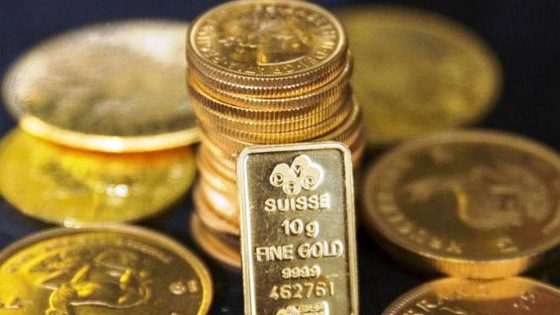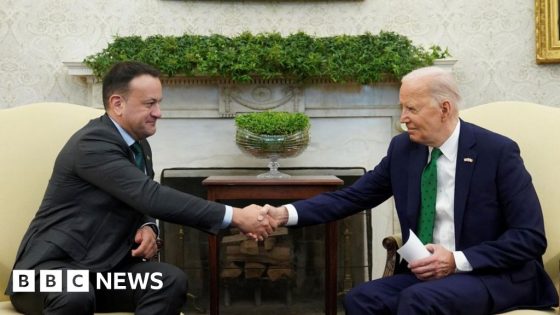The US Federal Reserve has cut its key interest rate by 50 basis points (bps), bringing it down to a range of 4.75% to 5%.
This is the first time since 2020 that the Fed has reduced rates. The decision was made to address concerns about slowing economic growth and easing inflation in the US.
While this move aims to stabilise the US economy, it has also raised questions about its potential impact on global markets, including India. One key area being closely watched is the effect on gold prices, a popular investment during uncertain economic times.
Following the Fed’s rate cut, gold prices surged, touching a level of $2,600 per ounce (~Rs 73,750). This is considered a psychological benchmark in the gold market, with the price rise largely driven by expectations of further rate cuts and concerns over the US economic outlook.
Dr Renisha Chainani, Head of Research at Augmont – Gold For All, said that the Federal Reserve’s decision to cut rates by 50 basis points could lead to another rate cut by the end of the year. The Fed’s projections suggest that interest rates might drop further to 3.4% by 2025, and 2.9% by 2026, down from earlier forecasts of 4.1% and 3.1% respectively.
Chainani added, “After reaching the $2,600 mark, we may see some profit booking in the gold market, with prices potentially retracing to around $2,500 (~Rs 71,800) and $2,475 (~Rs 71,000).”
This indicates that while gold prices are currently strong, short-term corrections could occur as investors adjust their positions in response to market developments.
Changing focus in gold market
The gold market has shifted its attention away from Chinese investment demand and central bank buying. The focus is now on how interest rate cuts in Western economies, particularly the US, will impact gold prices. Lower interest rates typically make gold more attractive as an investment because it does not earn interest, making it a better option compared to other assets in a low-rate environment.
Unmesh Kulkarni, Managing Director and Senior Advisor at Julius Baer India, said, “In the near term, we remain positive on gold. Expectations of further interest rate cuts are boosting sentiment in the futures market and attracting safe-haven investors back to physical gold. However, while rate cuts can support gold prices, history shows that lower rates alone may not always drive prices higher.”
Kulkarni mentioned that the impact of rate cuts on gold prices depends on whether the cuts coincide with a recession.
“A recessionary environment during rate cuts is usually positive for gold, as investors look for safer assets. However, if the economy avoids a recession despite rate cuts, it may not be as beneficial for gold prices,” he said.
Outlook for gold prices
The gold market is likely to continue reacting to developments in US interest rates. The Federal Open Market Committee (FOMC) concluded one of its most anticipated meetings in recent years with the 50 basis point rate cut. This marks the first such cut in over four years, and markets are adjusting to the possibility of more rate cuts in the future.
Amit Goel, Co-Founder and Chief Global Strategist at Pace 360, pointed out that, “Bonds and precious metals like gold may trade sideways for a while, but they are likely to start the next upward movement soon.”
With interest rates set to decline further, many analysts believe that gold will continue to be an attractive investment, especially in uncertain times. However, the extent of the price rise will depend on how the broader economy responds to the Fed’s monetary policy.
Source Agencies



